I’m standing on autopilot filling seed trays. I have my quota for the day and I know that I’ve plenty sowing to get through to make my schedule for planting.
I’m going to do something you’ll hate. I’m going to tell you something you already know how to do.
Much like a sulky teenager, I understand if you’re feeling reticent to listen. I’m going to teach you how to sow a seed tray with soil.
“I’ve done that a million times Scott!” Hey look I know, I know, but have you done it properly before?
There’s a difference between banging some soil into a tray and doing it professionally so you get a billiard-table style finish that maximises germination while minimising losses and costs.
Have I piqued your interest? Grand, let’s delve in.
Procedures
You might be a dab hand at this gardening malarkey. You may know to that to sow tomato seeds we do it now in the north-east of Scotland (or a wee tad earlier).
You may know they need 15 to 20 degrees Celsius for germination. You may even know that the best way to achieve this is via a heated propagator unit or at least a sheet of tinfoil under your trays or pots in the windowsill for heat reflection and additional bottom heat.
Have you actually even filled the sowing tray correctly though? The likelihood is you’ll be getting a bag of seed sowing compost from the garden centre.
You may even be using your own compost or mix. Regardless, the main thing for sowing seeds is that compost should be low in nutrients.
The next important thing is to work the compost through your hands. Work out all the lumps and ensure it is nice and smooth so it is workable, crumbly and friable.
Corners
As commissioner Jim Gordon said to detective Blake: “Clear the corners rookie!”
With your lovely loose crumbly seed mix, grab a handful. Pull it into the corner firmly but not excessively hard.
Repeat this with all the other corners. Now it’s time to over fill the middle. Once you’ve over filled the middle use a striker (a wooden ruler or even a small piece of 2 x 2 timber) to remove the excess soil.
Get all the excess soil off the edges of the tray. Now it is time to consolidate the soil in the tray to ensure removal of the air pockets.
A single and I mean single, thump is needed. Lift the tray and drop it once. THUMP!
After this we move to the next stage, now we’re hitting professional territory.
Billiard table finish
Grab a tray board to compress and smooth the soil surface. Boards can be bought or are easy enough made.
Next, pop some of your seed compost mix into a sieve and starting OFF the tray, sieve the compost forth and back once across the tray.
Just the once. Strike off any excess soil from the edges. Using your board one final time to compress. Compress firmly not excessively hard. Now you’re ready to sow!
Watering
I say ready but really the next question is watering. You see it’s typically the case that the seed tray is soaked prior to sowing or the sowing is done then the trays put into a water bath to allow the water to moisten the soil from below.
Never sow your seeds then immediately water over head with a hose or can. If you do this then seeds will spread out and gather into pockets.
When sowing you aim to do it as evenly across the tray as possible.
Overhead watering causes pockets of seed to gather which then encourage the seedlings to fight for soil nutrients from a small area and increases the chances of overcrowding which leads to disease issues like damping off disease via lack of air flow.
What a difference!
It is surprising what a difference sowing a seed tray properly makes to successful seed germination.
While it may sound a hassle it’s actually not at all bad to do. It takes a minute or so extra versus just chucking soil in a tray but the results speak for themselves!
In my line of work it is imperative to maximise seed success. We sow so many varieties of various fruit, veg and flowers that we need to ensure success.
We can’t afford to have half empty trays. At home it may not be crucial but it sure is nice to have more bang for your buck!
Take care and happy gardening.
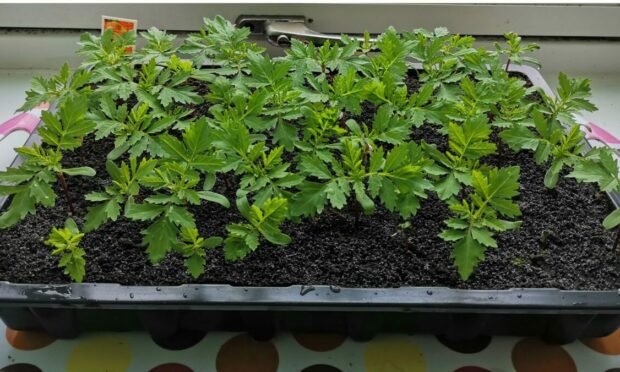
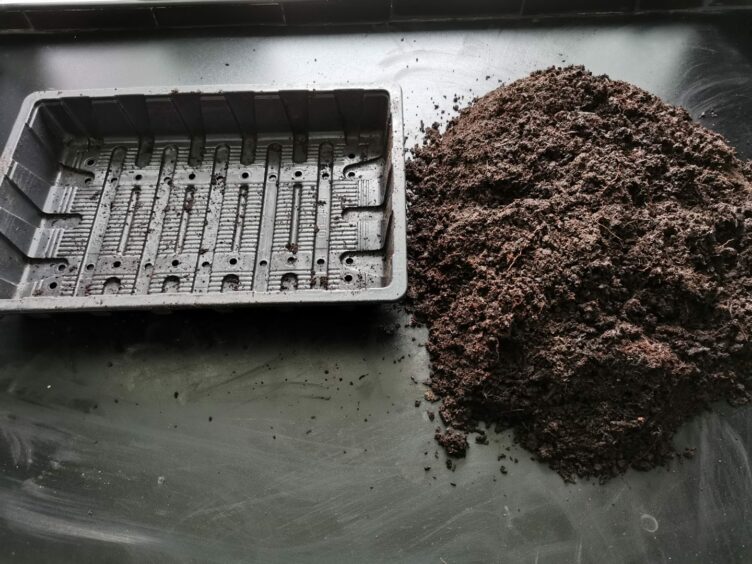
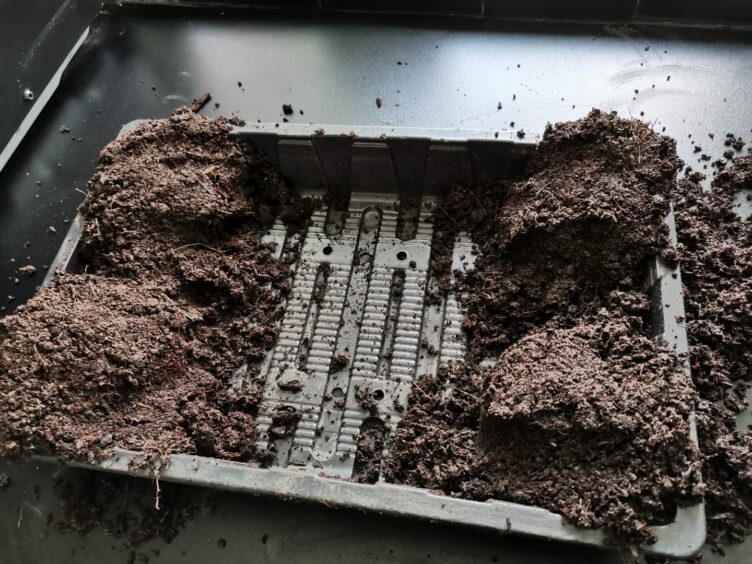
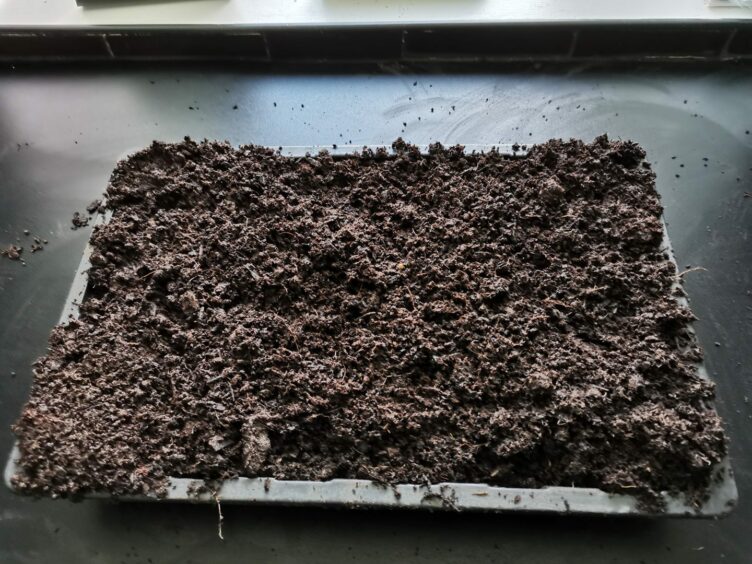
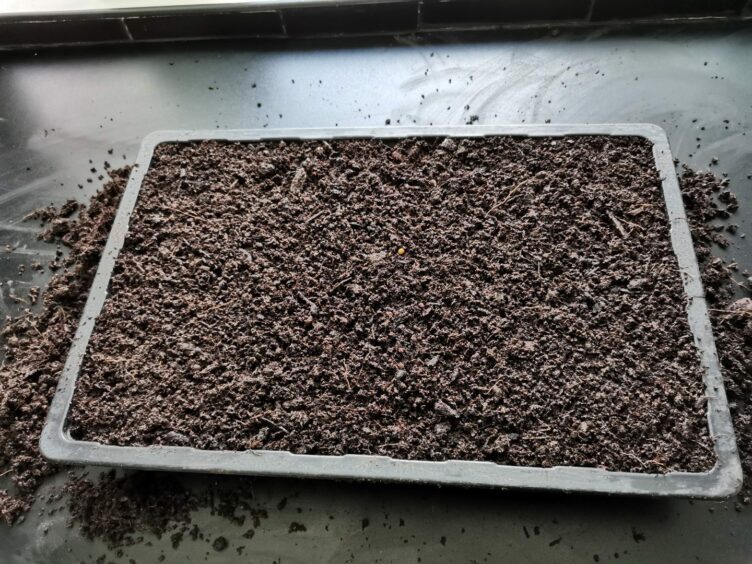

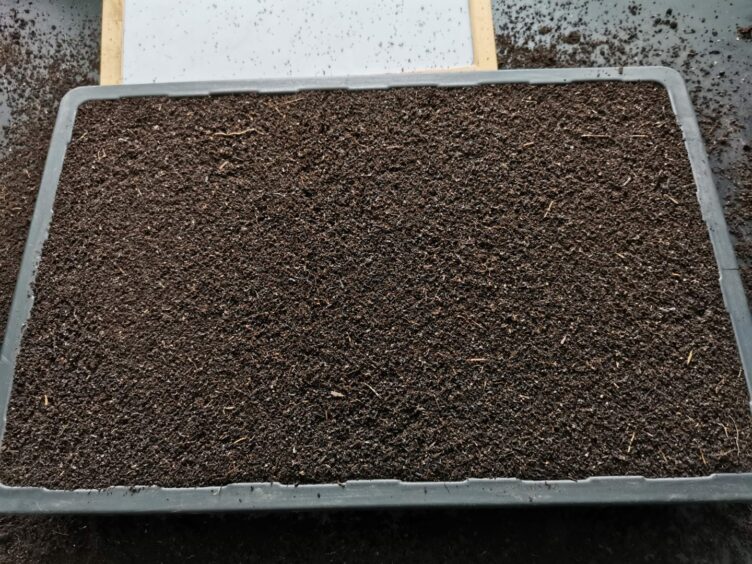
Conversation